Pastel Papers for Beginners
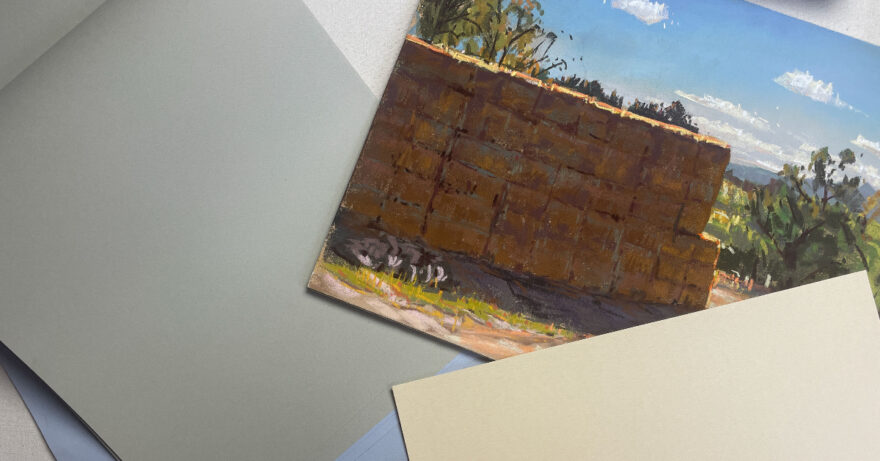
Thinking about getting started in Pastels? Here are the right papers to get you started!
Pastels are a medium of art that is made up of pure powdered pigment and a binder, formed into sticks that can be used directly on a surface like paper, canvas, or panel. They are available in two types: soft pastels and oil pastels. When getting started working with pastels, you will want to make sure you have the right paper for the right medium.
Soft pastels are made of pigment with a binder of gum arabic or gum tragacanth. Soft pastels are popular among artists because they are easier to blend and have a wider range of colors. They are also more delicate and can be easily smudged. (This makes storage of soft pastels also something to consider.) Soft pastels require a surface that has a bit of tooth or texture to hold the pigment in place. The rougher the tooth, or textured surface of the pastel paper, the more pigment can be applied, allowing artists to work in multiple layers. Experiment with various pastel papers to see what works best for you and your budget.
Oil pastels are made of pigment, wax, and a non-drying oil. They are more durable, resistant to smudging and fading, and can be used on a wider range of surfaces, including paper, wood panels, and canvas.
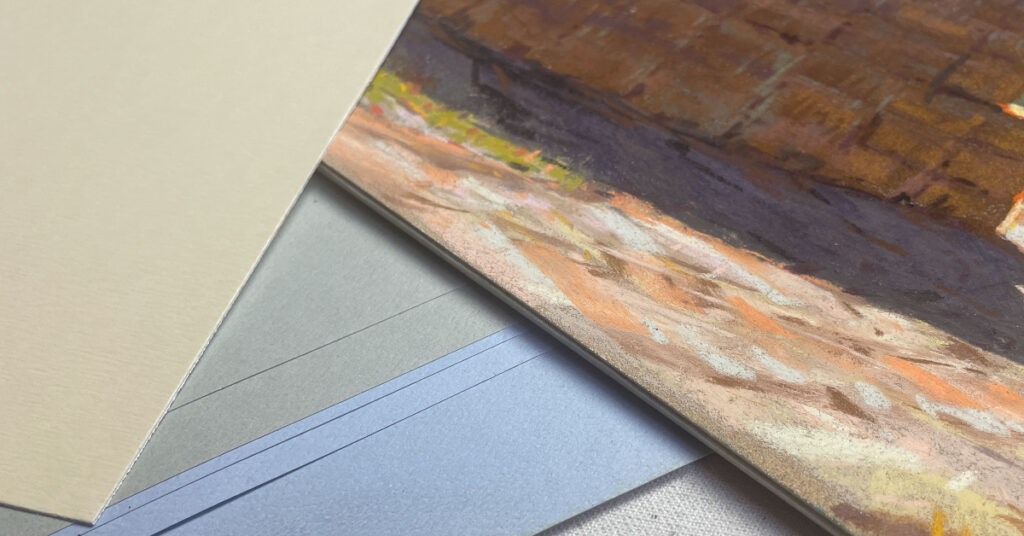
What To Look For in Pastel Paper
1
Tooth: The surface should have a texture that can hold the pastel. Buy a paper that has enough tooth to effectively work with your pastels.
2
Weight: The weight of the paper is important because it affects how much pastel can be applied. A heavier paper can hold more pastel than lighter-weight paper. At a minimum, look for paper that is more than 80 lbs.
3
Color: The color of the surface can affect the final appearance of the artwork. A mid-tone surface is usually preferred because it allows for both light and dark colors to be used.
4
Quality: The quality of the surface can affect the longevity of the artwork. A high-quality, acid-free surface will not deteriorate over time and will preserve the colors of the pastel.
Pastel Papers
Strathmore 400 Series Pastel Pad
A solid, mid-weight, acid-free paper, this is a good option for both oil pastels and soft pastels. The variety of colors available in this paper is great for beginners who are looking to experiment with a variety of techniques. The tooth is rough enough to hold the pastel, but may limit your ability to work in multiple layers.
Canson Mi Tientes
Canson’s Mi-Teintes paper is great for both oil and soft pastels. It is a dual-surface paper of heavy and light texturing, with the added benefit of being acid-free. It holds pastels well and allows for sufficient layering without eating up too much of your pastels. At 98 lbs, it’s a great weight to work with. Experiment with all the unique colors offered in this line of papers
Sennelier La Carte Pastel Pad
La Carte Pastel card is acid-free, heavyweight (200 Lb), and uniquely textured to create an exceptionally sensuous experience for soft pastels. Its rough texture holds pastel well and supports multiple layers easily. Because of this, be prepared to use your pastels more quickly than with smoother surfaces, but the trade-off is the beautiful, rich color of your pastels.
Clairefontaine Pastelmat
Pastelmat papers are heavyweight (170 Lb), acid-free, and have a rough texture that holds soft pastels well. It’s great for working in layers. Definitely test this out if you can and experiment to see if it’s right for you. One of the features that it boasts is formulated to withstand wetting with alcohol, which can be used to create a wash-like underpainting.
This is just a sampling of all the great pastel papers available to work with. What would you add to this list? Leave a note in the comments!
This article contains affiliate links that help us earn a small commission from purchases — at no additional cost to you. We are grateful for your support.
For tips on how to put these to best use, feel free to check out the following:

Meet the Artist
Scott Maier is an artist and a content contributor to artistsnetwork.com. He’s also the author of the instructional art book See, Think, Draw: An Easy Guide for Realistic Drawing and Beyond.




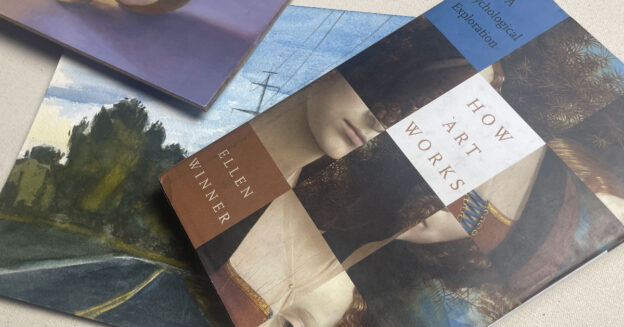
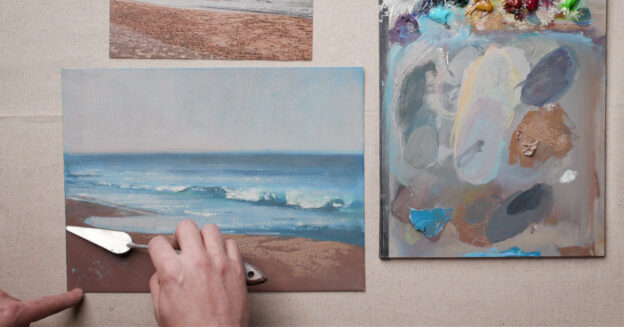








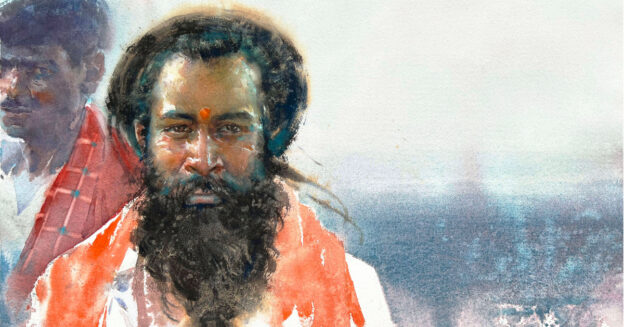


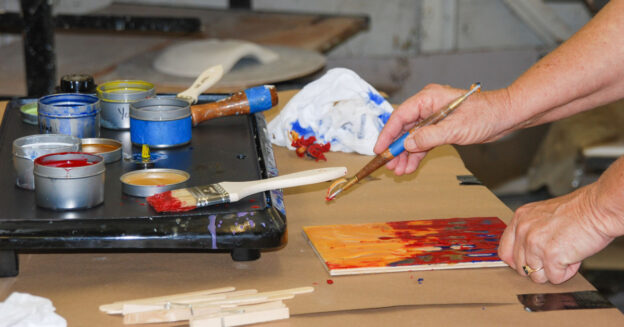
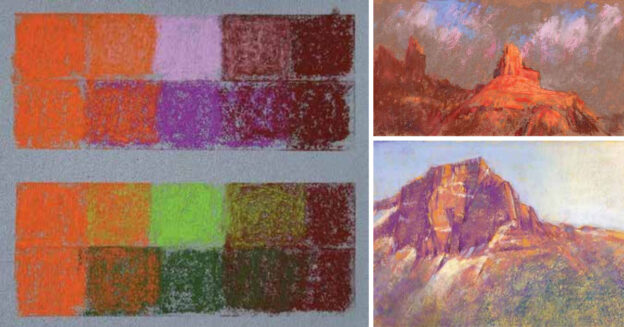

Join the Conversation!